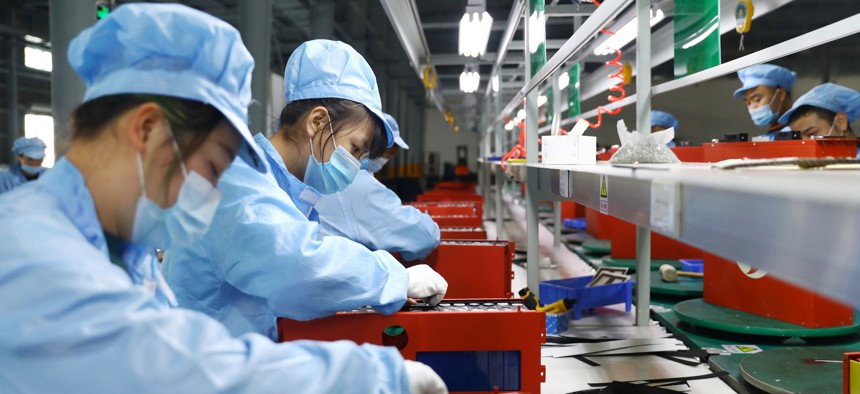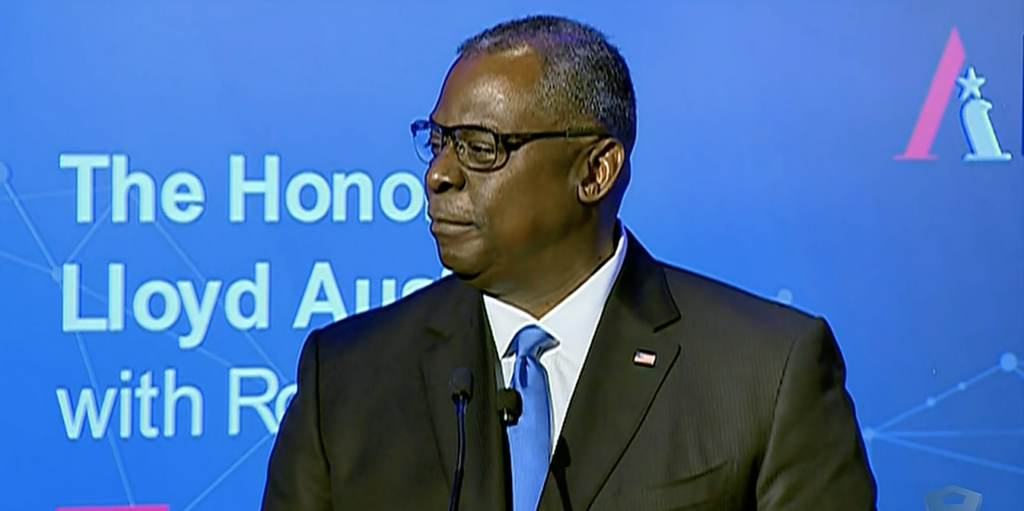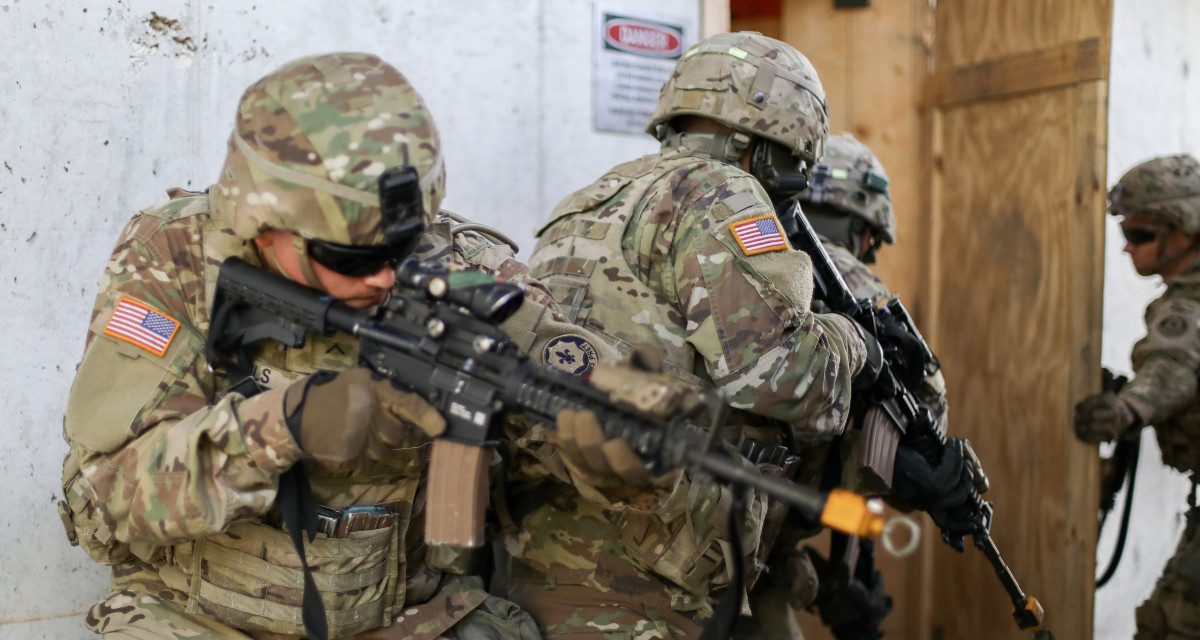Richard Heinberg
Homo sapiens is Earth’s unequivocal champion at gaining and wielding power. We shoot probes to other planets and plumb the depths of the seas. Each year our species extracts and processes 100 billion tons of natural resources that end up as consumer products and building materials. In order to obtain these resources, we move more soil and rock than are displaced by all of nature’s forces combined - including wind, rivers, rain, volcanoes, and earthquakes. We do so much mining, transporting, manufacturing, and waste dumping that, purely as a side effect, we’re also significantly and perilously altering the chemistry of our planet’s atmosphere and oceans. That’s power.
Moreover, we have found a multitude of ways to use our outsized human power to subjugate and control one another. We’ve generated so much economic inequality that a mere seven individuals now enjoy as much wealth as the poorer half of humanity - roughly four billion people. At the same time, we’ve developed weapons so lethal that the survival of our species depends on our never using them. We influence one another’s behavior with debt, laws, prisons, taxes, regulations, borders, facial recognition technology, property rights, advertising, hiring and firing, propaganda, internet and social media algorithms, and a thousand other means.





















